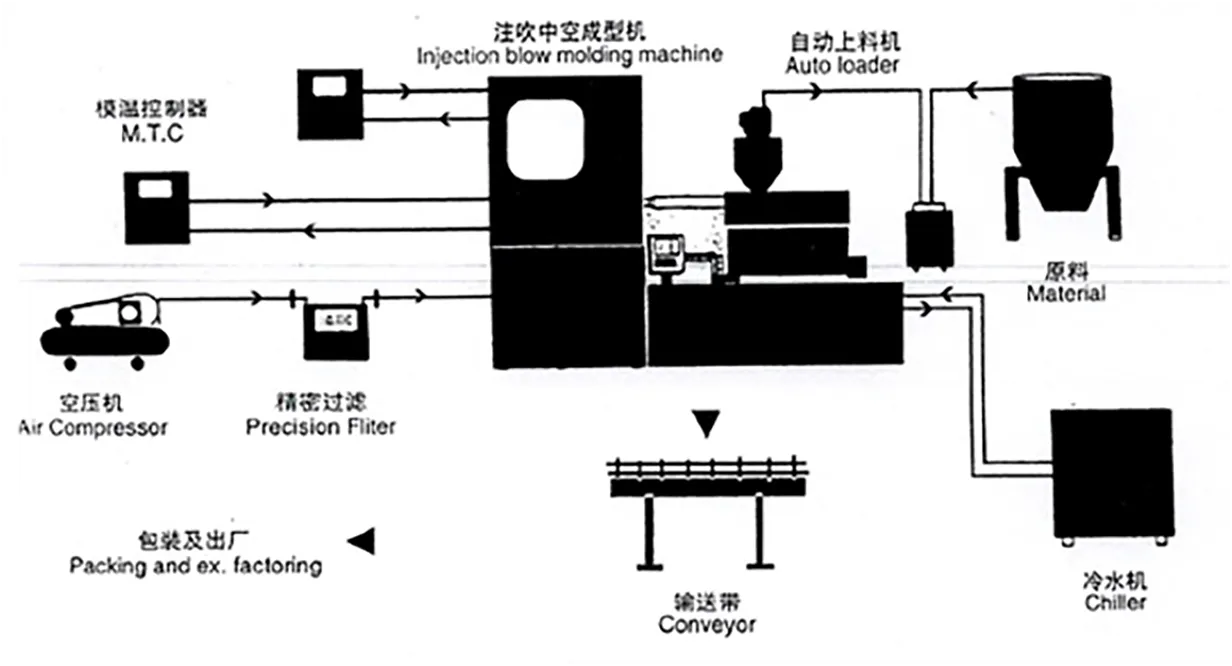medicine dropper bottles
The Importance of Medicine Dropper Bottles in Health Care
In the realm of pharmaceuticals and health care, precision and safety are paramount. One of the essential tools that assist in achieving these goals is the medicine dropper bottle. These specialized containers are designed to ensure that liquid medications are dispensed accurately and safely, accommodating the needs of various patients, from infants to the elderly. Understanding the features, uses, and advantages of medicine dropper bottles is crucial for both healthcare providers and patients alike.
Anatomy of Medicine Dropper Bottles
Medicine dropper bottles are typically made from materials like glass or plastic, providing durability and resistance to breakage. The design usually consists of two main components the bottle and the dropper, which is equipped with a rubber bulb. The dropper's elongated shape allows for precise control when dispensing liquids, enabling users to deliver the exact dosage required for effective treatment.
The bottleneck is often designed to prevent spills, and many bottles come with child-resistant caps, ensuring that medications are kept out of reach from young children, thereby reducing the risk of accidental ingestion. The labeling on these bottles is also crucial; clear instructions and dosage information help caregivers administer the medication correctly.
Precision in Dosage
One of the primary advantages of using medicine dropper bottles is the precision they offer. Accurate dosing is critical in medicine, particularly for liquid formulations where small variations in dosage can lead to ineffective treatment or potential overdoses. Droppers can usually dispense liquid in drops, which is especially useful for potent medications that require microscopic dosages. This precision is vital for medications like oral antifungal treatments, certain anti-seizure medications, or liquid vitamins.
Versatility Across Age Groups
medicine dropper bottles

Another significant aspect of medicine dropper bottles is their versatility. They are widely used in pediatric care, where dosing accuracy is essential due to the varied weight and size of children. In such cases, a medicine dropper bottle allows caregivers to administer medications in manageable doses, making it easier for both parents and pediatricians to provide safe treatment.
Conversely, for elderly patients who may struggle with swallowing pills, liquid medications in dropper bottles come as a relief. These users often require precise dosages due to the prevalence of multiple medications and the risk of drug interactions. Dropper bottles simplify this process and ensure that patients receive their prescribed doses without confusion.
Environmental Considerations
In recent years, there has been a growing concern about environmental sustainability, and the production of medicine dropper bottles has evolved in response. Many manufacturers are now exploring eco-friendly materials and manufacturing processes to minimize their environmental impact. Reusable glass dropper bottles, for example, present an excellent alternative to single-use plastic bottles, as they can be cleaned and refilled, reducing waste and promoting sustainability in healthcare.
Regulatory Standards and Safety
Regulatory bodies, such as the U.S. Food and Drug Administration (FDA) and the European Medicines Agency (EMA), enforce strict guidelines regarding the manufacturing and design of medicine dropper bottles. These regulations are in place to ensure patient safety and product efficacy. Manufacturers must adhere to specifications that dictate the materials used, the design, and the labeling. By following these regulations, healthcare professionals and patients can trust that the medicine dropper bottles are safe and effective for their intended use.
In Conclusion
In summary, medicine dropper bottles are not just simple containers; they play a crucial role in the accurate administration of liquid medications. Their precision in dosage, versatility across different patient demographics, and adherence to safety regulations make them an indispensable tool in modern healthcare. By understanding their importance and encouraging proper use, we can help to ensure safe and effective treatment for patients across all age groups. As the healthcare landscape continues to evolve, these little bottles will undoubtedly remain vital in facilitating effective treatment strategies and improving patient outcomes.
-
Aesthetic Makeup Spray Bottles | Fine Mist Empty RefillableNewsAug.19,2025
-
White Plastic Veterinary Vaccine Vials | Lab Liquid BottlesNewsAug.18,2025
-
Plastic Medicine Liquid Bottle: Secure Flip Top Drug VialsNewsAug.17,2025
-
Durable 250ml Blue Plastic Vaccine Vial for Lab & Vet UseNewsAug.16,2025
-
Sterile Virus Sample Tubes: Secure & Reliable Specimen CollectionNewsAug.15,2025
-
White 250ml Plastic Vaccine Vial for Lab & Vet MedicineNewsAug.14,2025
























